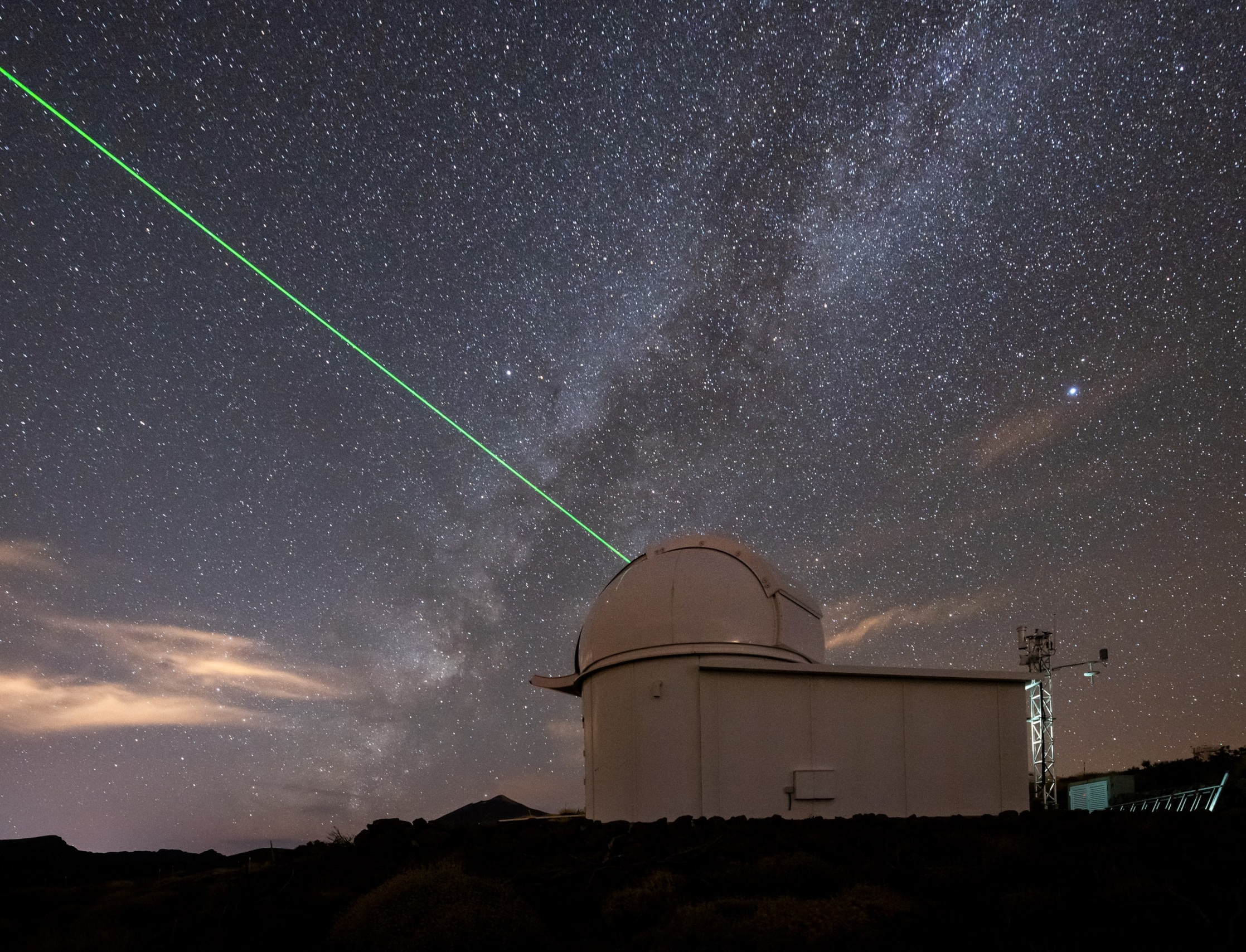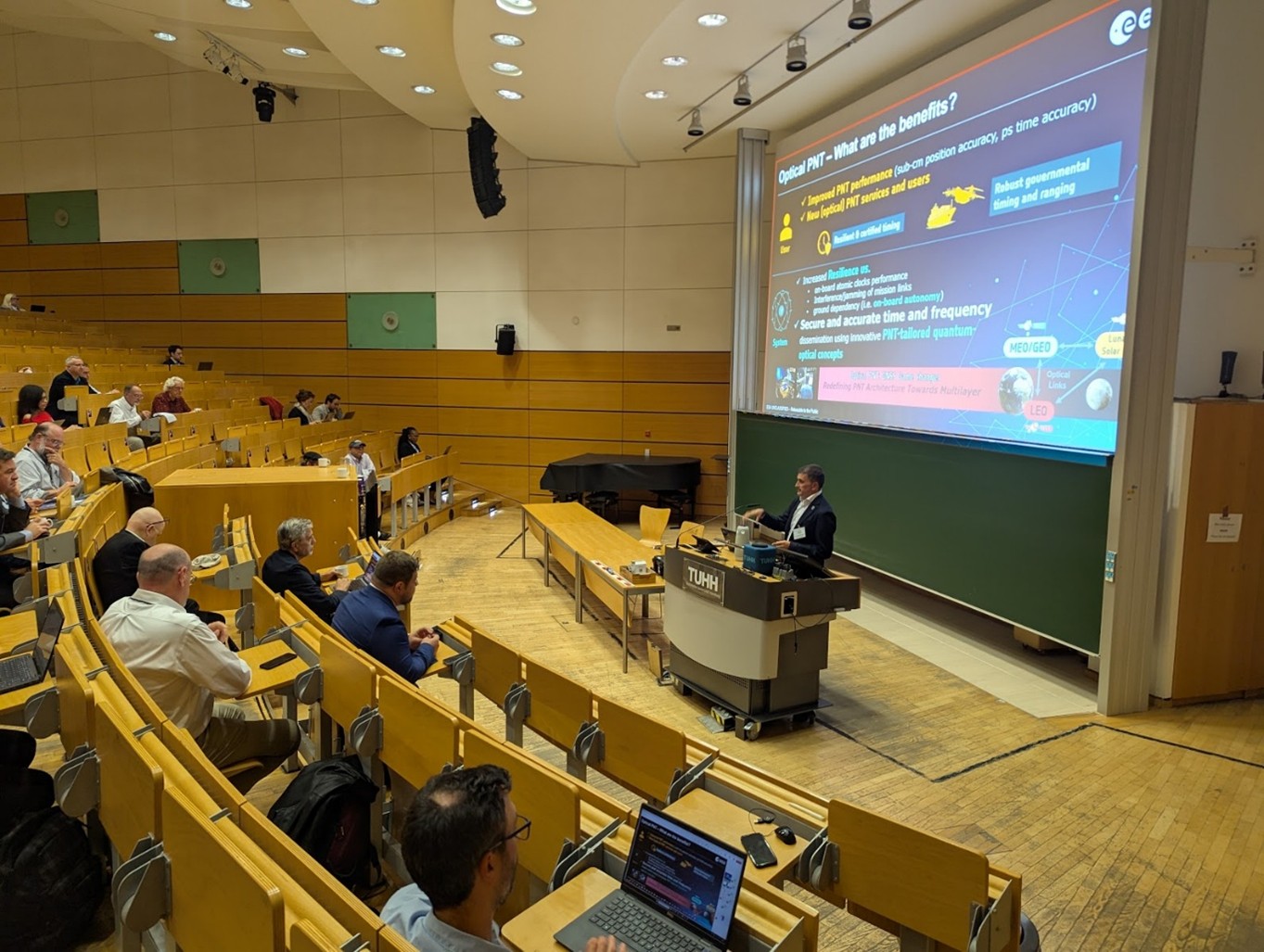Take part in the 2nd ESA Computer In A Room Challenge
We’re excited to announce the second edition of the Computer In A Room Challenge (CIARC) issued by ESA, and we invite all universities from member states or partner states to participate with teams of talented students.
This challenge primarily targets computer science students, although cross-discipline teams are more than welcome. No specific knowledge, apart from computer science, is required to participate and each university can propose one or more teams (of typically 2-6 students) to participate in the challenge.
It's time to put your problem-solving skills to the test!
The Challenge
“There is a computer locked in a room. It has a sensor attached. You can only access the computer for 15 minutes, every 90 minutes. How would you access and operate that computer?"
The Framework
We will provide an environment simulating this physical problem and description of all the interfaces and boundary conditions that apply. The student teams will compete to define the most innovative operations concepts that fulfil the tasks assigned to the system. Each entry will be evaluated by a panel of experts.
Three to five teams are selected for the second round of the challenge. They will be able to come to ESA’s mission operations centre ESOC in Darmstadt, Germany to demonstrate their solution. One team among them will be selected as the 2023 Computer in a Room Challenge winner!
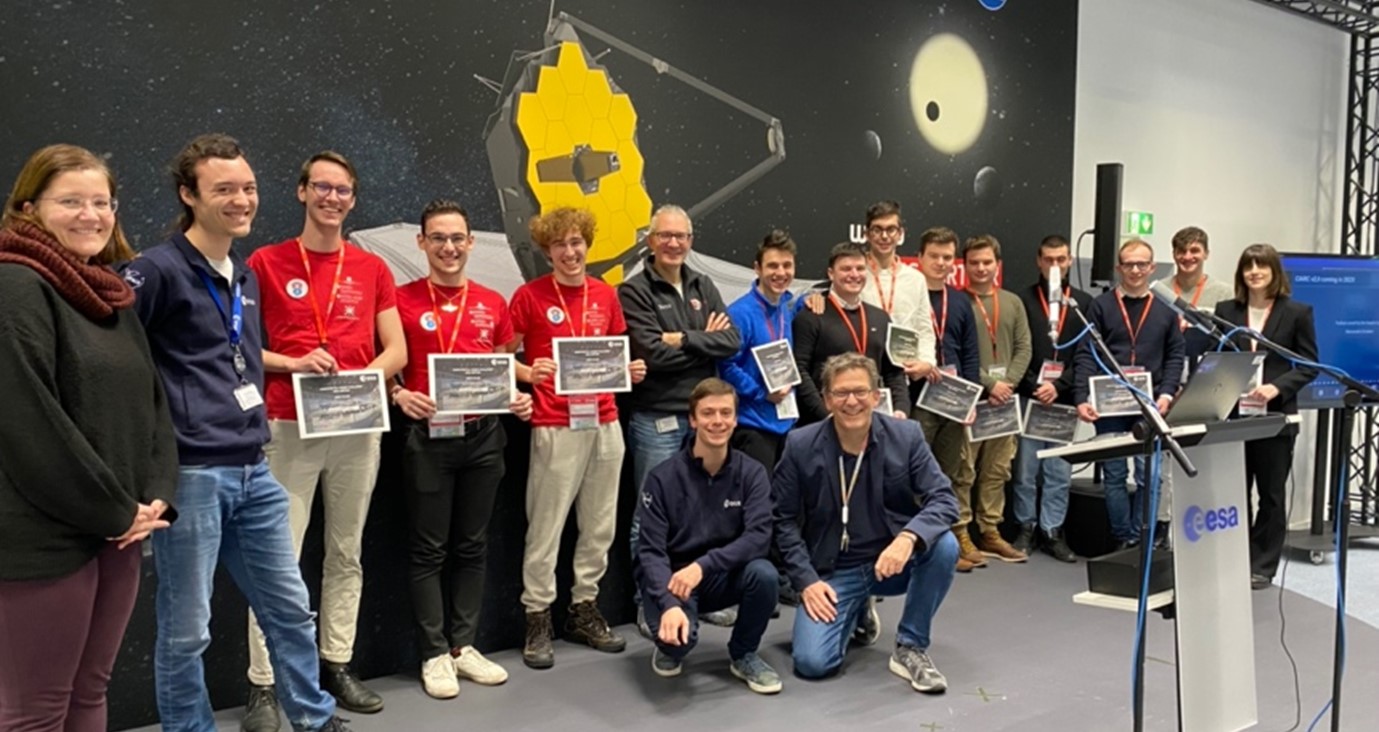
Last year's winning teams after the 2022 CIARC challenge ended in a tie
How entries are evaluated
The first down-selection of entries will be based on criterion such as:
- Completeness of data received and archived outside the room
- Simplicity and robustness of the system and its operation (the less human involvement the better)
- Optimal use of resources
Technical Description
For each participant team, ESA deploys a dedicated environment, exclusively accessible by each team. The environment consists of four components, as depicted in the figure below.

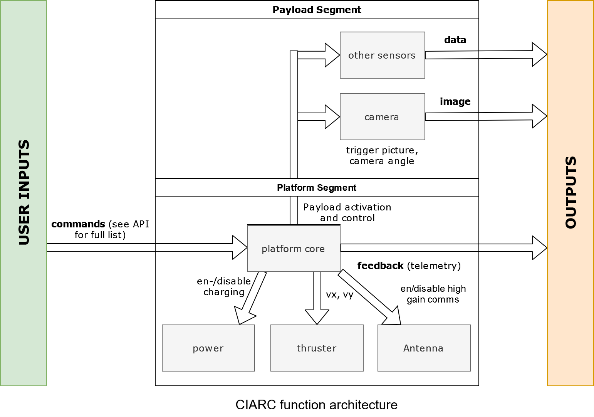
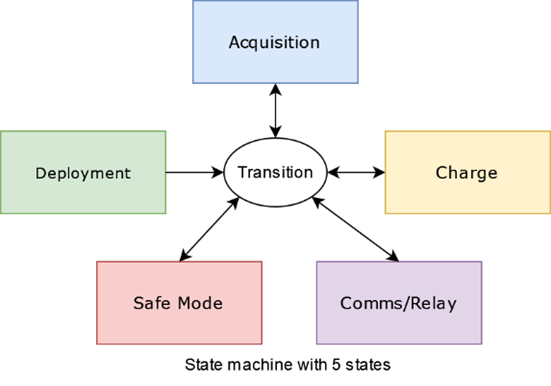
Computer in a Room Challenge (CIARC) architecture diagrams
- Computer in a Room System (CRS): The CRS runs on a virtual machine with limited resources. This system, also known as MELVIN, will be hosted by ESA. MELVIN is built on a Linux template provided by ESA. The participants write the code that runs on MELVIN. Examples will be provided.
- Data Reference System (DRS): The DRS simulates sensors and actors connected to the CRS via a JSON interface. The DRS represents a “flying” camera in a two-dimensional world. As shown above, the camera is attached to a platform that reacts to velocity, state, and camera angle inputs. The camera supports various lenses with different field of views. When the system is in “active” state, the camera is enabled, and it consumes battery power. In “charge” state, the batteries are charged, but the camera is disabled. In “idle” the camera is disabled, and no power is consumed. Each change in velocity drains fuel, that cannot be restored.
- Operator Console: Each participants team designs and develops their own console, which will need to communicate with MELVIN via the Internet through a VPN tunnel. The details of the VPN tunnel will be provided by ESA.
- Isolation Layer: This layer enforces the communication boundary conditions to access the CRS are met (accessibility, reliability, data rate, etc). There is no communication limitation between CRS and DRS.
Schedule
The teams will have one month to complete the challenge and submit their entries to ESA. Following a period of review of the submitted entries, up to five teams will be selected for the final CIARC week at ESOC, where one team will be selected as the challenge champion.
- 21 Sep 2023: Deadline for registration of teams to ESA and start of challenge
- 21 Sep - 3 Nov 2023: Students work on the Challenge
- 3 Nov 2023: Submission Deadline
- 10 Nov 2023: Announcement of finalists
- 1 Dec 2023 (TBC): CIARC final event at ESOC
The exact dates will be provided with the participant’s package.
Registration and contact
Teams interested in participating should register through their universities with one point of contact (professor/university representative) per team.
For registration or more information regarding the challenge please send an email.

